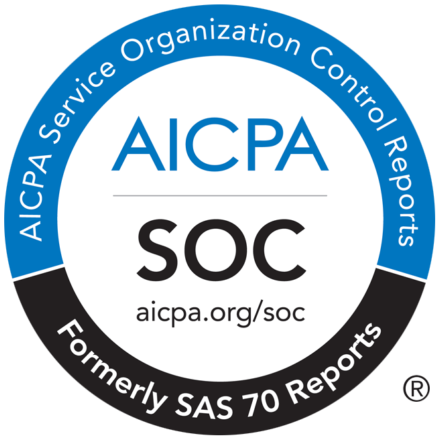The opinion pages are generally at the same level with the front-page, and are one of the most read sections of any national publications. The important readers, other than the general public, of opinion articles are decision makers in corporation, government and non-profit institutions. Through opinion pages in a national publication, you can have your ideas heard by policy makers, politicians, public, and others.
You can bring an issue to public notice or express views in your perspective via opinion articles. For this reason, opinion editors receive a lot of emails pitching opinion pieces.

What Is an Opinion Article?
A commentary written by a person who does not belong to the newspaper is called an opinion article. It is also known as an op-ed article, and is published in opinion pages alongside editorials and letters written by the newspaper staff and readers respectively. Opinion editorial articles are usually from people who are experts or have established credibility in a particular field.
Guidelines on Writing Opinion Articles for Students
Where you are a student who wants to share an interesting or a thought-provoking opinion in a national publication, then it is time that you learn how to write opinion news articles. By writing a persuasive opinion article, you will be able to reach a large number of people and influence them with your views or opinion, make politicians to think, reshape public policy, and so on. You do not require much effort to write an op-ed article; instead, you can earn recognition if your opinion is read and accepted by people.
All the above things happen only if you can write an effective opinion article. Here are some essential guidelines for writing opinion articles for students successfully.
Distinctive Features of an Opinion Article
You need to be bold for a lede contains a strong yet incontrovertible voice of the writer. Moreover, you should be clear, as well as have clarity in your thinking. To achieve it, you can use anecdote to explain your point or humour if it works. Here are a few possible examples:
Typically, an op-ed article is of 750 words, and if possible, it can be shorter than this. Most newspapers do not offer much space for opinion pieces. Nor the editors have time to shorten the lengthy content. Your article should focus on one point, idea or issue in the lede or introduction. It helps set the scene and attract readers’ attention. A lede should contain news hooks, which make your article timely.
- Telling an anecdote: “In 1970s, the current president Biden visited the Kunar province in Afghanistan to meet a Navy captain and award a medal…”
- Using irony or wit to show a contradiction: “We’re all for people advocating for copyright law and making sure that people at least understand that it’s bad to steal other people’s intellectual property, but if you’re going to do it, you might want to follow your own rules.”
Ask Questions to Yourself While Writing
Do you want your readers to trust you? Then, you need to ask the following questions.
- Am I making a clear point? What is it?
- Who is your audience? Why do you want to convince a particular type of audience?
- Why should readers trust you? Do I have substance to my argument?
- Is your argument original and different?
- What is persuasive about its contribution to the argument?
Have the Topic and Theme Defined Clearly
When your opinion article should have a structure with lede, thesis, argument, evidence and conclusion, it should also define the topic and theme clearly. The topic is generally mentioned in the introductory paragraph, and it includes the incident, problem, place or person, which is the main focus of the article. The theme shows the overarching idea of your piece, your point and its importance. Most opinion articles have the theme appear early to grab the attention of the reader.
Support Your Opinion with Enough Evidence
Through columns and opinion articles, you express your opinion in your own voice. For the readers to accept it, your op-ed piece should be grounded in solid research, which involves obtaining information from personal observation and other sources, facts, citations or quotations. Your research may include primary research by traveling to the scene, conducting interviews, carrying out observations and gathering materials, or secondary research through materials available in the library or on the Internet.
Put Your Main Point First
If you want to induce the reader to go through your op-ed piece, have your main point in the first line. Grab the reader’s attention with a metaphor, strong claim, counter-intuitive observation or mystery. Place the main point early in the article as you do it instinctively in conversation by explaining the exciting happenings first to invoke interest in the listener.
Use Conversational Tone
An active voice is direct that it is critical to writing an effective opinion article or column. Moreover, what you write should be conversational as if you are having a focused conversation with your reader. Nevertheless, you can use a range of voice to suit your column. It may be conversational, contemplative, descriptive, informative, experienced, introspective, informed, observant, reportorial, plaintive, sophisticated, humorous, self-effacing, etc. To perfect a voice, it is better to read your article aloud, and have an idea of how your voice will come off as to the reader.
Avoid Copied Content
Plagiarism issues are increasing that they are found in editorial pieces too. Some of them commonly found are copying someone else’s results or unpublished work, improper quoting, copying figures or auxiliary text without attribution, and more. If you are new to writing opinion articles, you need to use an online student plagiarism checker to detect any unintentional plagiarism or paraphrased text, without proper citation.
To write effective op-ed pieces, use the above guidelines, understand what is plagiarism and reference ideas appropriately if they are someone else’s.

